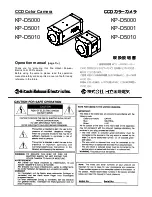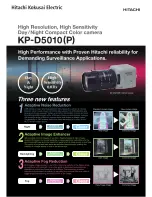
Taking Photographs—Exposur
e
75
Exposure
Controlling How the Camera Sets Exposure
Metering
The metering method determines how the cam-
era sets exposure. Before shooting, rotate the me-
tering selector to choose a method suited to the
composition and lighting conditions and confirm
your selection in the viewfinder. Three methods
are available (the type of metering performed may
vary with the lens used):
Matrix metering will not produce the desired results with autoexposure lock
(
84) or exposure compensation (
86), but is recommended in most other
circumstances. Center-weighted metering is the classic meter for portraits,
preserving background details while letting lighting conditions at the center
of the frame determine exposure. Spot metering ensures that your subject
will be correctly exposed, even when the background is much brighter or
darker.
Metering is not available with non-CPU lenses.
Method
Description
Center-
weighted
The camera meters the entire frame but assigns the greatest weight
to an area in the center of the frame 8 mm (0.31˝) in diameter (use
the 12-mm/0.47˝ circle in the center of the viewfinder as a reference
when metering your subject at this setting).
Spot
The camera meters a circle 3 mm (0.12˝) in diameter centered on the
current focus area and occupying approximately two percent of the
frame. When closest subject priority (
67) is in effect, the center
focus area will be used. Otherwise the metering is linked to the
focus area, allowing you to meter an off-center subject.
3D ten-
segment
matrix/
Ten-segment
matrix
In
ten-segment matrix metering
, optimal exposure is determined on
the basis of information from ten areas of the frame, each of which is
metered independently.
3D ten-segment matrix metering
, which is
activated automatically whenever a type G or D lens is mounted on
the camera, makes use of information on maximum brightness, con-
trast, and the distance for the subject for still more accurate exposure
control.
















































